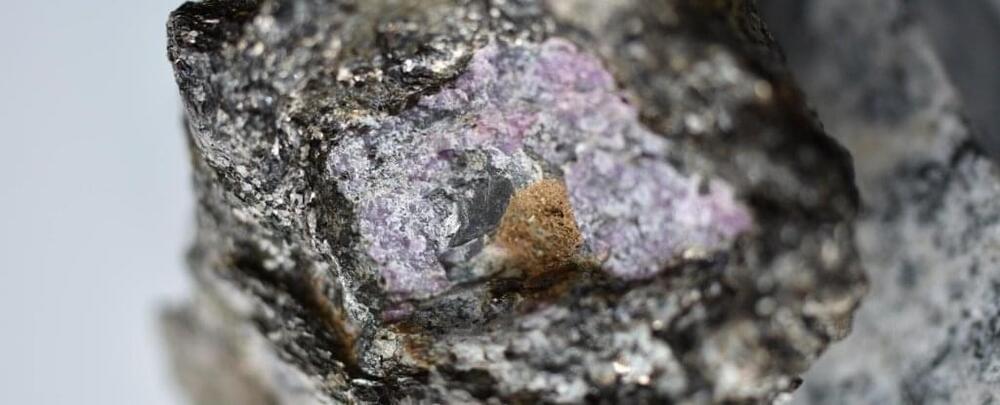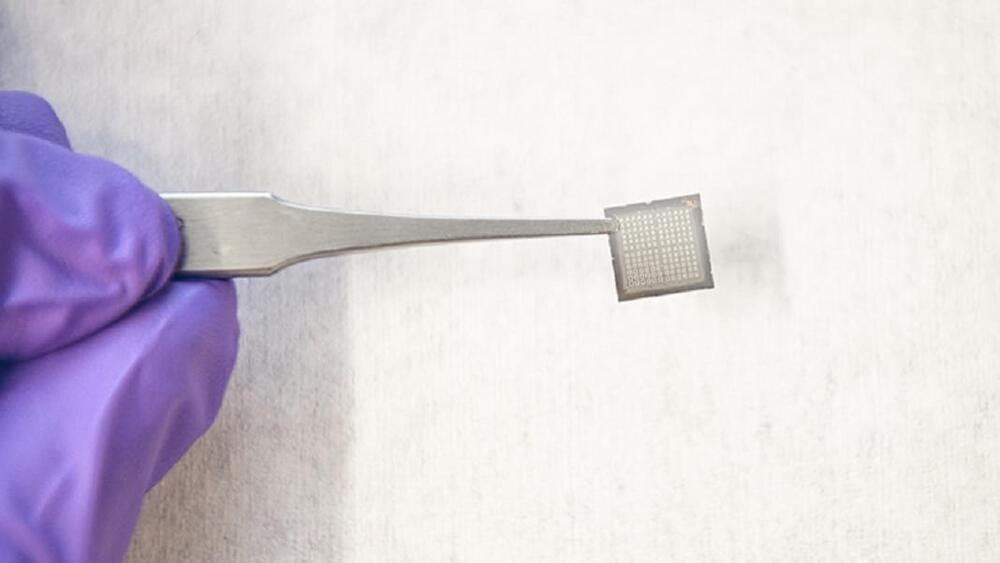Circa 2021
A ruby that formed in Earth’s crust 2.5 billion years ago encases evidence for early life, wriggling around in the planet’s mud.
Trapped within the precious stone, geologists have identified residue of a form of pure carbon called graphite that, they say, is most likely biological in origin, the remains of some ancient microorganism from the time before multicellular life emerged on Earth.
“The graphite inside this ruby is really unique. It’s the first time we’ve seen evidence of ancient life in ruby-bearing rocks,” said geologist Chris Yakymchuk of the University of Waterloo in Canada.



